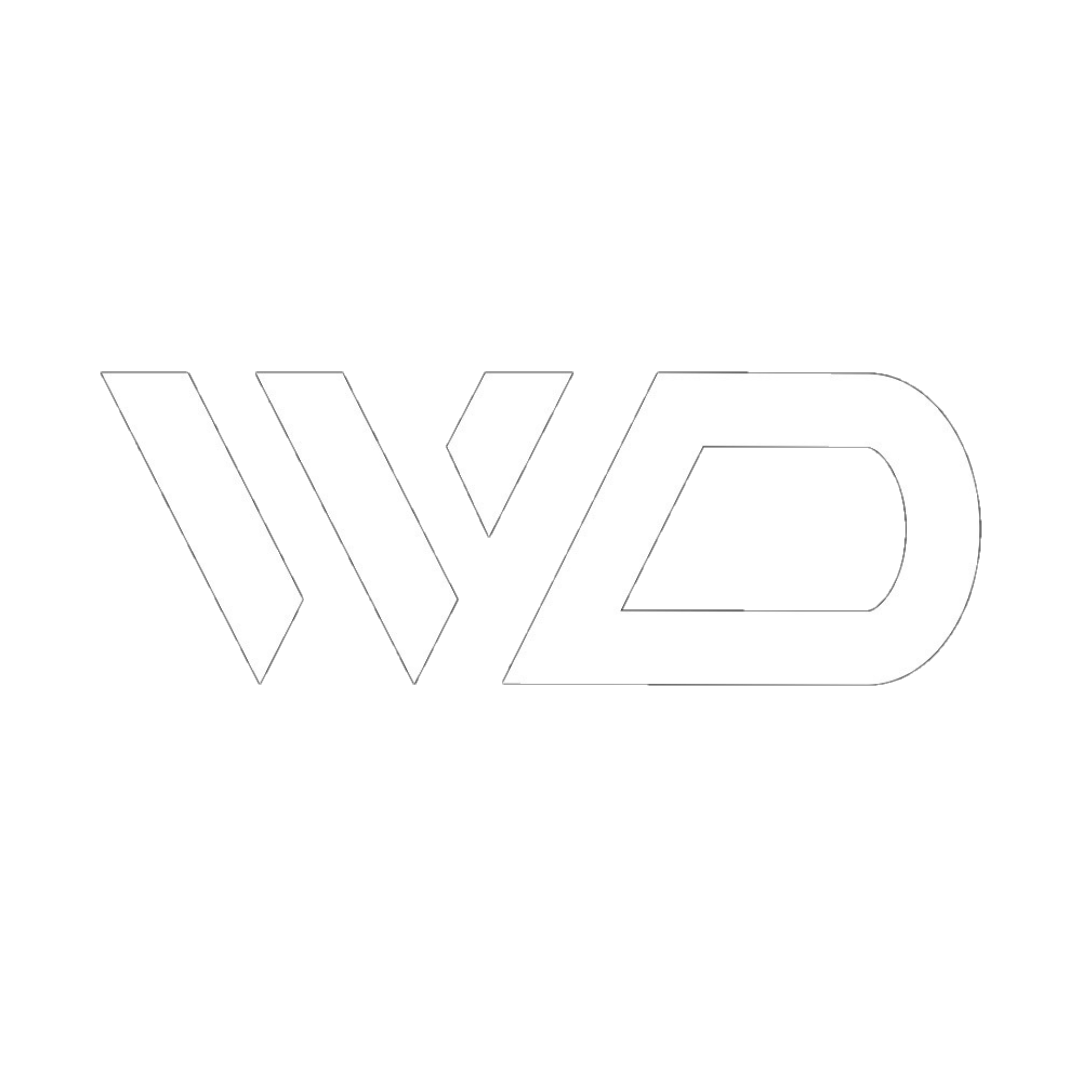Discover the Best Time for Business to Post on Facebook for Maximum Engagement
- Business Intelligence Staff

- Jul 2
- 5 min read
In today's digital world, your timing can be just as important as the content you share. Facebook stands out as a powerful platform for businesses looking to connect with their audience. However, knowing the right moment to press that "post" button can be the key to driving engagement. This blog post focuses on the best time for business to post on Facebook, using data from studies and expert insights to help you grab your audience's attention.
Understanding Facebook’s Algorithm
Before we get into the best times to post, it's crucial to grasp how Facebook’s algorithm works. Facebook prioritizes content that gets interaction. Posts with more likes, comments, and shares reach a broader audience. Thus, when you post affects how many people will see your content.
Research shows that Facebook favors recent posts. By posting while your audience is active, you increase the chances of getting those valuable interactions. Studies reveal that posts made within the first hour of users being online can see an increase in engagement by as much as 20%.
Why Is Timing Important?
Timing matters for several key reasons:
User Behavior: People are more active on Facebook at specific times. Posting during these windows significantly increases the likelihood that your content will be seen.
Increased Engagement: Posts that go live during peak times typically enjoy higher interaction rates. For example, businesses that post during their audience's peak hours can see engagement rates rise by up to 30%.
Competitive Edge: Knowing the optimal posting times helps your business stand out from competitors who may not be as strategic.
Analyzing Engagement Patterns
Various studies have looked into when Facebook users are most engaged. Although audience demographics can affect these patterns, some general trends emerge.
Weekdays vs. Weekends
Data indicates that engagement peaks on weekdays, especially from Tuesday to Thursday. On Friday, interactions decline as users shift their focus from work to weekend plans. During weekends, engagement can be hit or miss. Some users are more active, but they may not engage as deeply with business content.
Optimal Time Slots
From the research, the following time slots have been identified as the best time for business to post on Facebook:
Late Morning (10 AM - 12 PM): Many users check Facebook during their morning breaks. Engagement can increase by up to 25% during this window.
Early Afternoon (1 PM - 3 PM): After lunch, users often scroll through their feeds, making it another prime time for posts.
Evening (7 PM - 9 PM): This time represents a peak for user engagement, as people relax after their day. Studies have shown that posts made during these hours can get 15% more interactions compared to other times.
These time slots offer a general guideline, but it's still important for businesses to look into their audience data to identify the best posting times.
Using Facebook Insights
To discover the best time for business to post on Facebook, Facebook Insights is a valuable tool. This analytics tool lets businesses monitor engagement and audience demographics.
Access your Insights: Simply go to your Facebook page and click 'Insights' to see how well your posts are performing.
Analyze Engagement Data: Study the times when your posts get the most interactions. This information is vital for fine-tuning your posting schedule.
Track Audience Activity: Insights also indicate when your fans are online, helping you further refine your strategy.
In addition to Facebook’s built-in tools, using a social media management platform like Social Champ can make a big difference. With Social Champ, businesses can schedule posts for optimal times, automate their posting calendars, and analyze engagement metrics—all in one place. This helps ensure that your content reaches the right audience at the right time while saving valuable time on manual scheduling.
Testing and Adapting Strategies
Once a posting schedule is in place, flexibility is key. Engaging content at the right times should lead to more interactions. If you don’t see the desired results, consider re-evaluating your timing and content approach.
A/B Testing: Try posting the same content at different times to see which yields better engagement. This could mean posting on Tuesday at 10 AM one week and Thursday at 2 PM the next.
If you're testing campaigns across different times and formats, integrating your efforts with a platform like HubSpot can streamline the process. HubSpot lets you automate post variations, monitor click-through rates, and analyze how different posting times impact lead conversion—helping you optimize your strategy beyond just engagement metrics.
Adjust Based on Feedback: If certain posts aren’t performing well, think about changing the image, text, or timing.
Stay Updated: Social media trends can shift quickly. Continually monitor engagement for any changes in user behavior to keep your strategy fresh.
Seasonal Considerations
The time of year can also influence the best time for business to post on Facebook. Engagement may vary during holidays or seasonal events, so being aware of these shifts is important.
Holidays: Post when people are shopping or preparing for celebrations. Engagement tends to rise during these times. For example, posts related to holiday sales can see a 40% uptick in interaction.
Special Events: Tie your posts to events your audience cares about. Major holidays or trending events can drive significant increases in user activity.
By factoring in seasonal changes, businesses can adjust their posting schedule for improved engagement.
Content Type and Engaging Formats
The content you share also impacts its performance. Engaging formats like videos, live broadcasts, and interactive content generally perform better.
Videos: Video content often attracts more engagement than static images or text posts. Consider sharing videos during peak times for maximum reach.
Live Videos: Hosting live sessions can enhance visibility and interaction, especially when timed around peak activity.
Polls and Questions: Interactive posts like polls can drive engagement. Schedule them during peak hours to boost participation.
For a deeper look at which formats—like short-form clips, polls, or branded storytelling—work best on each platform, check out “The Complete Social Media Marketing Guide For Businesses”. It dives into what types of content capture attention and boost shareability on platforms like Facebook
Monitoring Competitors
Keeping an eye on competitors can provide insights into effective posting strategies. While differentiation is crucial, analyzing their engagement can reveal new opportunities. For instance, if a competitor sees high engagement from a specific type of content at a certain time, consider adapting that into your strategy.
Final Thoughts
Finding the best time for business to post on Facebook isn’t a one-size-fits-all process. It involves understanding user behavior, analyzing engagement data, and testing different strategies to find what resonates with your audience.
By staying informed, using tools like Facebook Insights, Social Champ for scheduling, and HubSpot for automation and analytics, businesses can enhance their engagement on Facebook. For step-by-step guidance on building a robust posting calendar and aligning your timing strategy with business goals, check out HubSpot’s article “How to Create a Great Social Media Strategy in 2025 [+ New Data]”, which offers fresh data and useful templates
Ultimately, effective social media marketing depends not only on high-quality content but also on timing your posts right. Start reviewing your current posting habits and make necessary adjustments to improve your reach and engagement today!
With careful attention and ongoing adjustments, businesses can thrive in the competitive social media landscape and create meaningful connections with their audience.







_gif.gif)
.png)

Comments